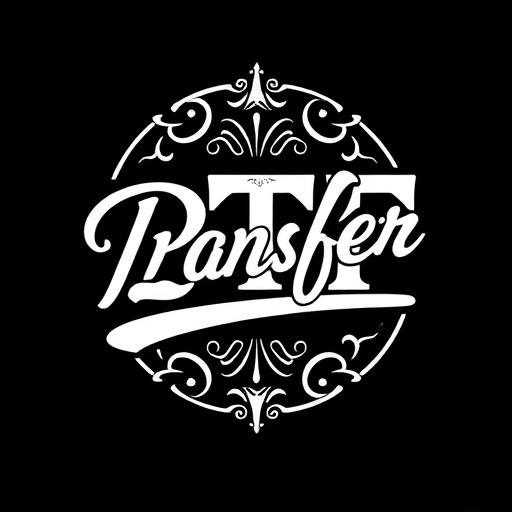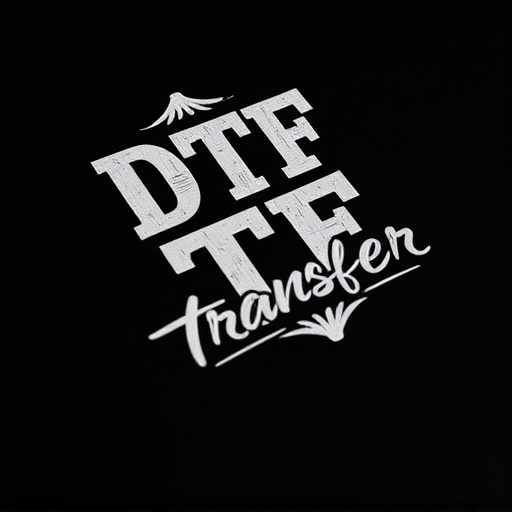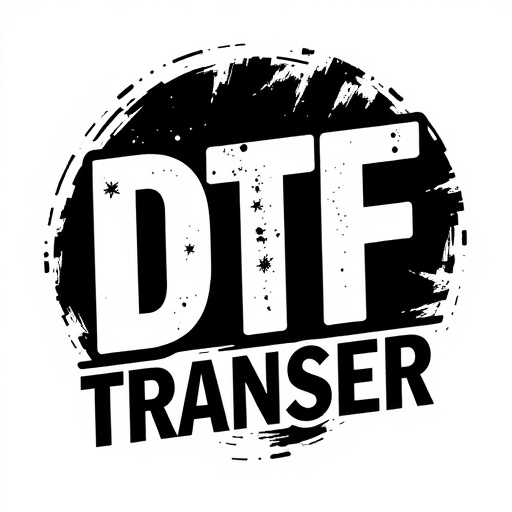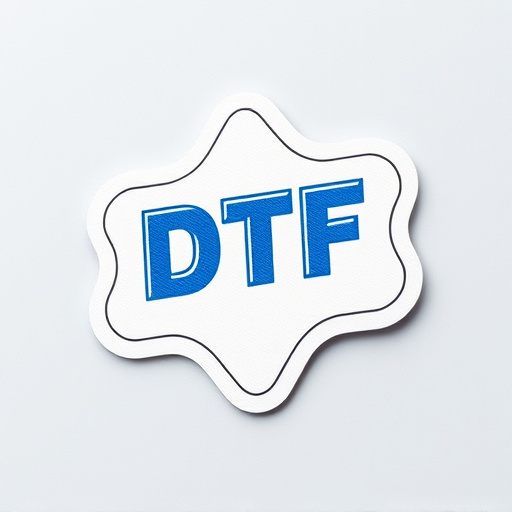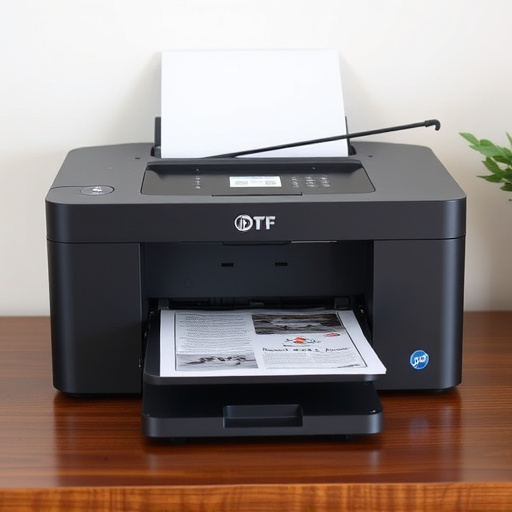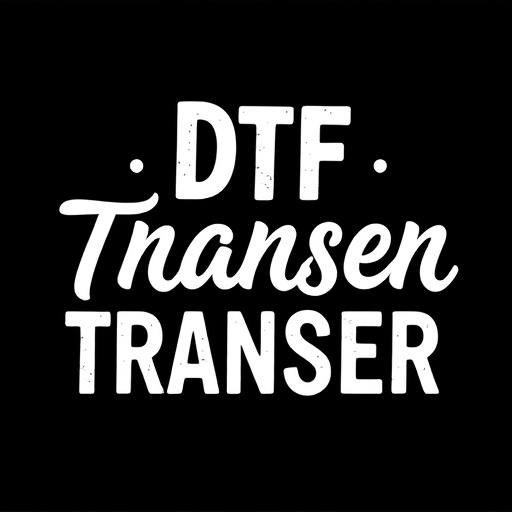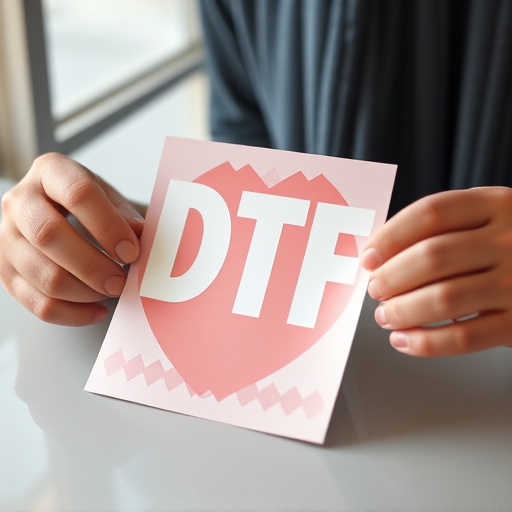Direct-to-Film (DTF) technology is revolutionizing business applications in printing and branding. It offers high-quality imagery transferred directly onto diverse materials without intermediate films or plates, ensuring intricate designs are accurately replicated. DTF printing facilitates rapid production of custom prints with minimal setup costs and quick turnaround times, making it ideal for short-run productions. Industries seeking unique branding, product customization, and promotional items find DTF prints highly appealing due to their visual appeal and personalization. With advancements in UV-curable inkjet and laser engraving technologies, DTF transfers provide exceptional quality and versatility for various applications like retail signage, architectural models, and outdoor advertising, while also focusing on sustainability.
“In the realm of business applications, Commercial-grade Direct-to-Film (DTF) transfers are revolutionizing how companies enhance their branding and marketing. This comprehensive guide delves into the world of DTF Transfers, exploring their multifaceted benefits for various industries. From understanding the fundamentals of DTF Printing to uncovering its commercial potential, we unravel the secrets of this game-changer. By considering the right materials and techniques, businesses can unlock endless possibilities, making DTF Prints an indispensable asset in today’s competitive landscape.”
- Understanding Direct-to-Film (DTF) Transfers: A Comprehensive Overview
- Commercial Applications of DTF Printing: Unlocking Endless Possibilities
- The Benefits of Using DTF Transfer for Business Needs
- Choosing the Right DTF Material and Techniques for Optimal Results
- Implementing DTF Prints in Various Industries: Case Studies
- Future Trends in Commercial-Grade DTF Technology
Understanding Direct-to-Film (DTF) Transfers: A Comprehensive Overview

Direct-to-Film (DTF) transfers are a cutting-edge technology revolutionizing business applications, particularly in printing and branding. This innovative process allows for high-quality imagery to be transferred directly onto various materials, such as plastics, metals, and fabrics, without the need for intermediate films or plates. DTF offers unparalleled precision, ensuring that intricate designs and detailed graphics are accurately replicated on the final product.
The DTF Transfer process involves advanced digital printing technologies, enabling businesses to produce custom prints with speed and efficiency. This method is especially beneficial for short-run productions, as it minimizes setup costs and allows for rapid turnaround times. DTF Printing has gained significant traction in industries seeking unique branding solutions, product customization, and promotional items, where the ability to create visually stunning, personalized DTF Prints holds immense appeal.
Commercial Applications of DTF Printing: Unlocking Endless Possibilities
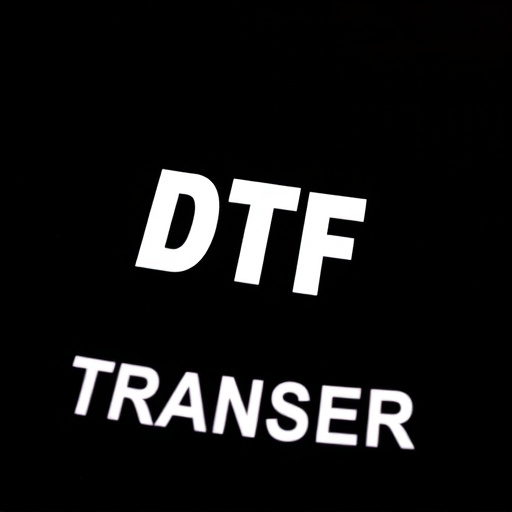
Commercial applications of DTF (Direct-to-Film) printing are transforming businesses across various industries. From vibrant, high-quality signs and displays to intricate graphic overlays on machinery and equipment, DTF transfers offer unparalleled versatility. This cutting-edge technology allows for precise, detailed prints directly onto a wide range of materials, from metal and plastic to glass and wood.
In retail environments, DTF prints enhance in-store signage, window displays, and promotional materials, grabbing customers’ attention and boosting brand visibility. In manufacturing, it facilitates the customization of products with unique markings, serial numbers, or artistic designs. Moreover, DTF transfers are invaluable for event branding, creating eye-catching banners, booths, and merchandise that leave a lasting impression on attendees.
The Benefits of Using DTF Transfer for Business Needs
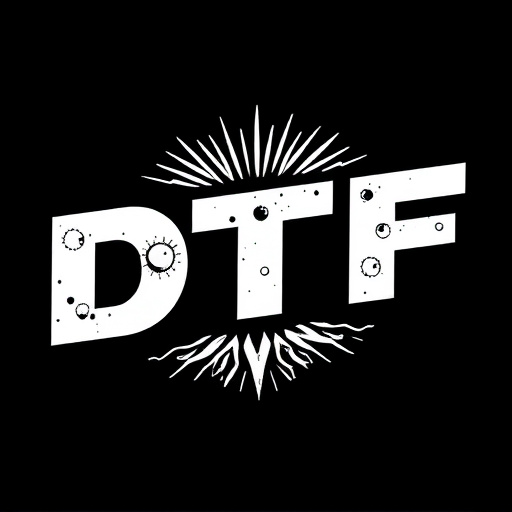
Using Commercial-grade Direct-to-Film (DTF) transfers for business applications offers numerous advantages that traditional printing methods simply can’t match. One of the key benefits is speed and efficiency; DTF allows for swift production of high-quality prints, perfect for meeting tight deadlines and catering to dynamic business demands. This technology directly applies designs onto various materials through a simple process, eliminating the need for intricate setup and plates, thus streamlining workflows significantly.
Moreover, DTF provides exceptional versatility in terms of material types and print finishes. From glossy posters to matte banners, from rigid plastics to flexible films, DTF transfer excels across diverse substrates. This adaptability ensures businesses can create tailored prints for specific purposes, enhancing brand visibility and communication with customers in innovative ways. Additionally, DTF’s resistance to fading and damage makes it a cost-effective solution for long-lasting outdoor advertising and promotional materials.
Choosing the Right DTF Material and Techniques for Optimal Results
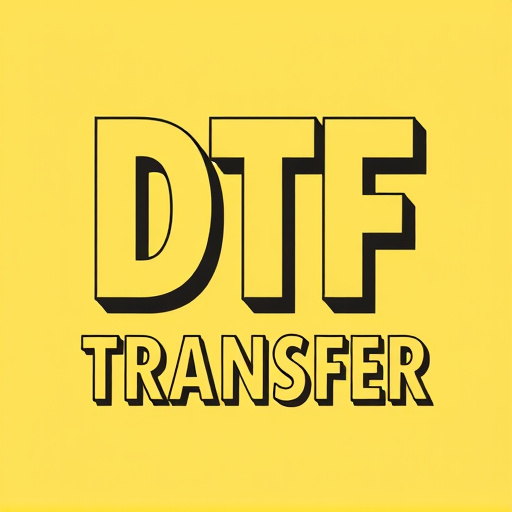
When opting for commercial-grade direct-to-film (DTF) transfers, selecting the appropriate DTF material and techniques is paramount to achieving superior results. The choice of substrate plays a significant role in determining the final quality of DTF prints. For outdoor applications demanding longevity, durable vinyl or polyester films are ideal as they offer excellent resistance against weather conditions, ensuring your graphics remain vibrant for extended periods. Alternatively, for indoor use cases where durability isn’t the primary concern, flexible or rigid polycarbonate sheets can provide high-resolution prints with a glossy finish that’s suitable for showcasing products or branding.
Techniques employed in DTF transfer also influence outcome. For complex designs with fine details, advanced printing technologies like UV-curable inkjet printing or laser engraving can deliver intricate patterns and sharp edges. These methods are particularly useful for creating custom signage, promotional materials, and art pieces. Conversely, for simpler graphics, traditional screen printing techniques can be more cost-effective while still producing high-quality DTF prints. Understanding the specific requirements of your business application will guide you in selecting the perfect DTF material and technique to meet those needs effectively.
Implementing DTF Prints in Various Industries: Case Studies

Implementing Commercial-Grade DTF Prints in Diverse Industries: Case Studies
Direct-to-film (DTF) transfers have found their way into a multitude of industries, revolutionizing printing and application processes. From retail signage to architectural models, DTF prints offer exceptional quality and versatility, allowing businesses to create visually stunning and durable outputs. For instance, in the retail sector, DTF technology enables dynamic window displays and eye-catching product labels, enhancing customer engagement. The quick turnaround time and ability to print on various materials make it a game-changer for pop-up stores and seasonal campaigns.
In architecture and construction, DTF prints are used for creating detailed models and prototypes. Architects can swiftly produce intricate 3D prints of building designs, facilitating better visualization and client presentations. Moreover, the precision and accuracy of DTF transfers ensure that complex geometric shapes and fine details are accurately reproduced, streamlining the design-to-construction process. This technology’s adaptability has led to its integration in various other fields, demonstrating its potential as a versatile tool for enhancing visual communication and product development across industries.
Future Trends in Commercial-Grade DTF Technology
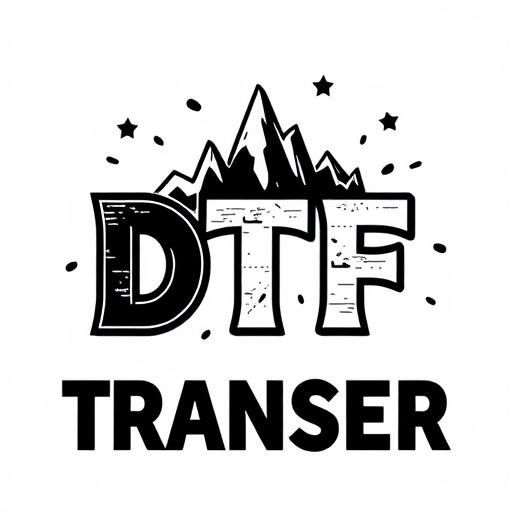
The future of Commercial-Grade Direct-to-Film (DTF) technology promises exciting innovations that will further revolutionize printing and business applications. Emerging trends indicate a move towards higher resolution prints, offering unparalleled detail and color accuracy. This advancement is set to transform how businesses create marketing materials, product branding, and custom designs, ensuring visually stunning outcomes. With the integration of AI and machine learning, DTF printers can optimize image quality while automating the process, making it more efficient and accessible to a broader range of businesses.
Additionally, sustainability is becoming a key focus in DTF technology development. Eco-friendly materials and ink formulations are being explored, reducing environmental impact without compromising print quality. This shift aligns with growing consumer demand for eco-conscious products, allowing businesses to meet sustainability goals while maintaining high-quality DTF prints. As technology evolves, we can expect even more sophisticated features, making DTF transfers a preferred choice for those seeking top-tier visual solutions in various commercial sectors.


